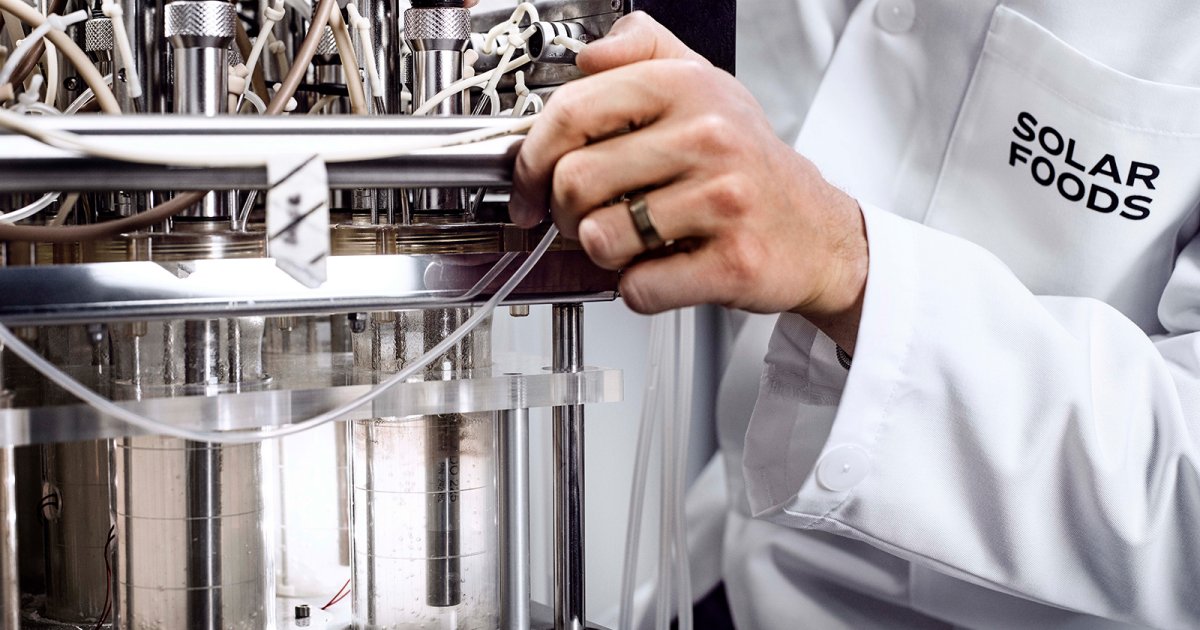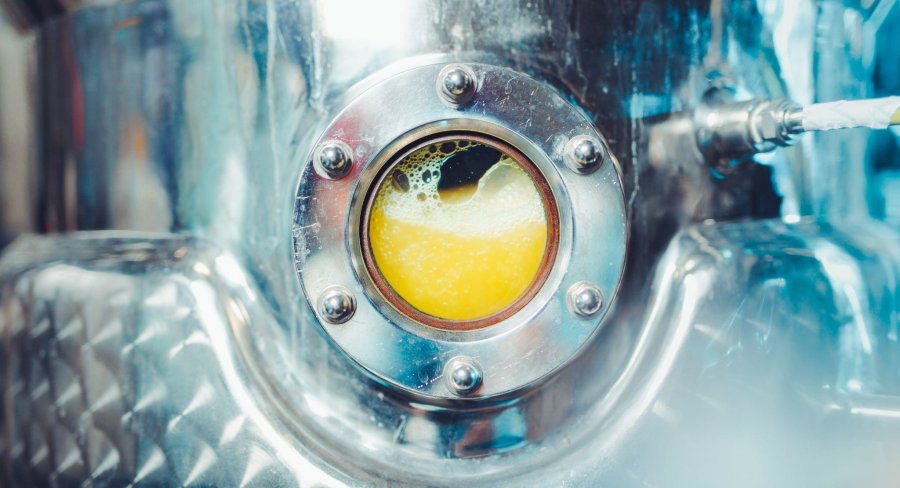Forget Soylent Green. In the not-too-distant future we may be chowing down on food not directly derived from plants or animals, and made with renewable energy.
Released in 1973, the film Soylent Green depicted a dystopian future in 2022 when overpopulation, pollution and climate catastrophe have resulted in shortages of food globally. Many poor citizens depend on wafers called Soylent Red, Yellow, and Green. Soylent Green is the most popular given it has more flavour and nutrition, and riots break out when there are shortages. What the masses don’t know about Soylent Green is…
Here we are in 2022 and Soylent Green isn’t on the menu (yet). In fact, food is generally in abundance. There is plenty to go around and any scarcity is more about logistics, corruption and war. But with increasing fires, floods, drought and everything else Mother Earth is throwing at us in an effort to signal we need to change our ways, agriculture is becoming more challenging.
So, what about producing food without agriculture? Enter Finland’s Solar Foods.
“Protein out of thin air,” says the company. But it’s not quite that cut and dried.
Solein is a non-animal and non-plant based protein based on single-cell organisms. The company doesn’t name the organism, but says it was originally collected in Finland.
“The microbes were cultured and grown with air and electricity as its primary resources in a fermentor akin to the ones used in breweries and wineries.”
The liquid the microbes grow in is supplied with bubbles of hydrogen, oxygen and carbon dioxide, along with the introduction of nutrients including nitrogen, calcium, phosphorus and potassium.
As the microbes multiply, the liquid thickens and some of the slurry is removed on a continual basis. It is then dried, and the powder that remains is Solein; which can be used in wide range of foods. The taste of Solein is said to be neutral and its nutritional profile consists of:
- Protein 65–70 %
- Fat 5–8 %
- Dietary fibres 10–15 %
- Minerals 3–5 %
Where Do Renewables Come Into Play?
Electricity is the biggest input for the production of Solein, which is used to split water into hydrogen and oxygen (electrolysis). The electricity required can be generated from renewable sources such as wind and solar energy.
The company has committed to the use of wind power sourced from the Nordic electricity market, so perhaps it should rename to Wind Foods. But that’s not quite as appealing. And anyway, wind power can be considered a form of solar power as it’s the uneven heating of the Earth’s surface by the sun and the Earth’s rotation that generates wind.
Solar Foods says compared to plants, the yield in Solein is 10 times more by hectare. Overall, Solein’s environmental impact is claimed to be about 1% of meat.
“Theoretically speaking, looking at our home country of Finland, if all the calories that Finns consume came from Solein, the entire food production of the nation would require 10% of the primary energy use of Finland and one-third of the electricity consumed today.”
Best start racking up a bunch of solar panels to go with that wind power.
With regard to the CO2 used in the process, that can be sourced through (controversial) direct air capture (DAC) technology. But once the Solein is consumed, it returns to the atmosphere through respiration.
As for the source of the nitrogen, Solar Foods plans to include its own ammonia production using “green” Haber-Bosch synthesis. This has traditionally been carried out using fossil-fuel gas, and for the time being environmental impact figures assume the use of ammonia produced using gas.
In terms of other inputs, the sources of those weren’t mentioned by Solar Foods. Calcium and phosphorous are mostly sourced from mining, but the latter can also be reclaimed from sewage sludge. Mmm, sewage sludge.
Where To From Here For Solein?
Last week, the company announced it had received the (non-Soylent) green light from the Singapore Food Agency (SFA), allowing for the sale of food products containing Solein in Singapore. Solar Foods said it first commercial-scale production facility is set to begin operations in Finland in 2024.
Would you give Solein a whirl, or perhaps even cultured meat?



 RSS - Posts
RSS - Posts



Speak Your Mind